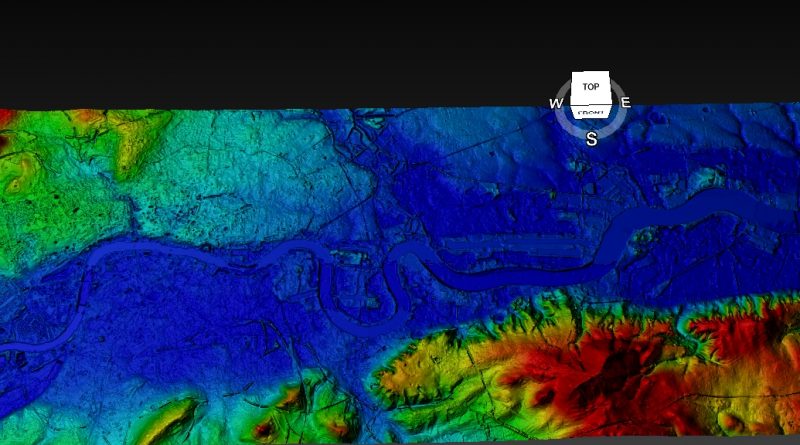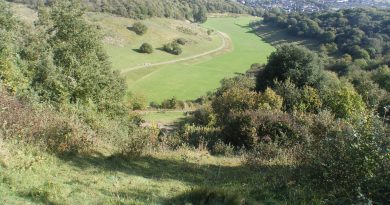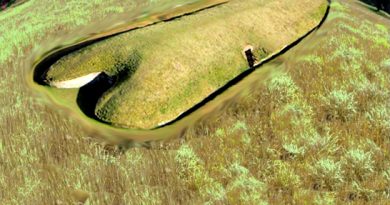London – The Thames through time
This is a journey through time looking at the prehistoric London (The Thames) through time Landscape based on the book ‘The Post-Glacial Flooding Hypothesis’ – that contains conclusive and extended evidence of Robert John Langdon’s hypothesis, that rivers of the past were higher than today – which changes the history of not only Britain, but the world. In this extract we look at the Case Study within the book about the Thames. (The Thames through time ).
Case Study – The Thames
The Lower Thames sequence has been thoroughly studied not only because it is one of the largest river systems in the country but also because of its fortuitous exposure in many of the quarries and recent development programmes in and around London. The Thames was diverted into its current valley during the Anglian period where it proceeded to lay down extensive gravel deposits before reaching the sea. Archaeological interest in the Thames alluvial deposits and the raised beaches of the south-east coast is also due to the presence of significant Lower, and Middle Palaeolithic artefacts and hominin remains within these deposits.
The depositional chronology of the Thames gravel terraces has yet to be universally accepted, and the two significant sequences have been proposed by Gibbard (1985) and Bridgland (1994). This is because the terraces are dated by the artefacts found within them which are archaeologically dated and not carbon dated. The problem with this method is that if the area flooded after the original deposits were laid down, the artefacts could have been washed down from upstream and embedded at random.
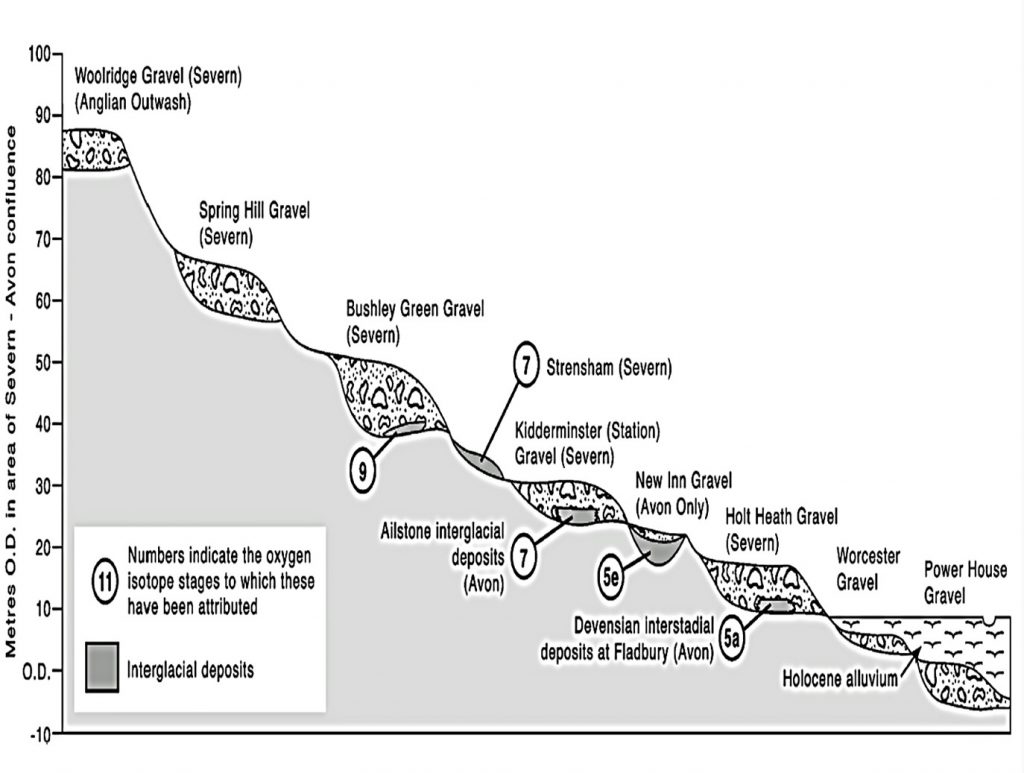
| Figure 27. Traditional View of the Thames River terraces |
The modern floodplain of the Lower Thames, downstream of central London, is bounded either by older Pleistocene sands or gravels at the higher levels or by bedrock. The depositional chronology of the Thames gravel terraces has yet to be universally accepted, and the two significant sequences have been proposed by (Gibbard, 1985).
The SBAB model of floodplain evolution proposes that during the early Holocene multi-channel braided systems stabilised with the narrowing and deepening of some channels, and the progressive abandonment of others over the course of the Holocene (Brown et al. 1994).
The Lower Thames saw a rise of about 15m in relative sea level between c. 10,000, and c. 6000 BP (Rackham and Sidell, 2000; Sidell 2003b). This would have had a significant effect upon settlement of the outer and mid estuary floodplain. It has been suggested, for example, that settlement areas along the river margin progressively moved to higher ground as the land below was overtaken by the rising water levels (Rackham and Sidell 2000).
During the early Holocene, the Lower Thames floodplain was a complex environment of peat-forming areas, migrating channels and raised eyots (Sidell 2003a). Often these eyots were the focus of prehistoric occupation, for example, Runnymede (Needham 1991; 1992), Westminster, Southwark (Bowsher 1991; Dillion et al. 1991; Merriman 1992) and Bermondsey (Sidell et al. 2002). These areas tended to lie at the junction between the higher ground on the edge of an island and the adjacent peat and alluvium, which preserved the evidence of human activity that took place when the river levels were lower (Merriman 1992; Sidell et al. 2002).
The investigations carried out for the Jubilee Line extension have suggested that the sand eyots of Westminster and north Southwark did not complete their formation by the early Holocene as initially believed. Still, instead, they formed in the mid-Neolithic (c. 3500 cal B.C.). This could help explain why there is a lack of Early Neolithic occupation in the floodplain (Sidell 2003b).
An extensive number of boreholes (> 1100) have allowed the British Geological Society to map the extent of flooding in the early Holocene period as it left extensive alluvium up to 10m deep in places showing the vast duration of the raised water levels.
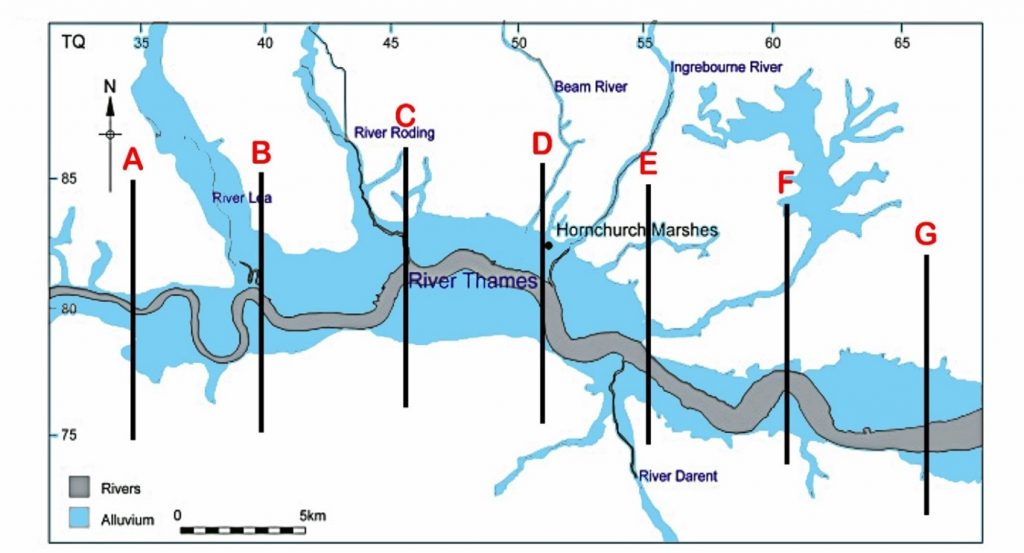
| Figure 28. BGS Map of London showing in blue the Alluvium deposited at the end of the LGM. We have sectioned off A- G areas to look at their cross-sections. |
If we section off (A to G) the Thames and look at the volume and width of the Holocene Thames in comparison to today, we can get an estimation of the discharge of water at its peak during this period.
Table 5. – Increased discharge levels during the Holocene
| Cross- Section | Current Width | Holocene Width | Width Increase % | Volume Increase – (Holo. – Present =) Cu.m3 | Increase in Volume |
| A | 400m | 4,425m | 1,100 | 71,724 – 800 = 70,924 | 8,866% |
| B | 650m | 7,725m | 1,188 | 71,950 – 1950 = 70,000 | 3,590% |
| C | 731m | 8,450m | 1,156 | 128,430 – 2924 = 125,506 | 4,292% |
| D | 965m | 7,644m | 792 | 60,348 – 4825 = 55,523 | 1,151% |
| E | 1,207m | 11,265m | 933 | 90,122 – 7274 = 82,880 | 7,367% |
| F | 1,125m | 5,230m | 465 | 38,622 – 7875 = 30,747 | 390% |
| G | 1,448m | 7,242m | 500 | 58,902 – 11584 = 47318 | 408% |
| Average | 932m | 7426m | 797% | 3723% |

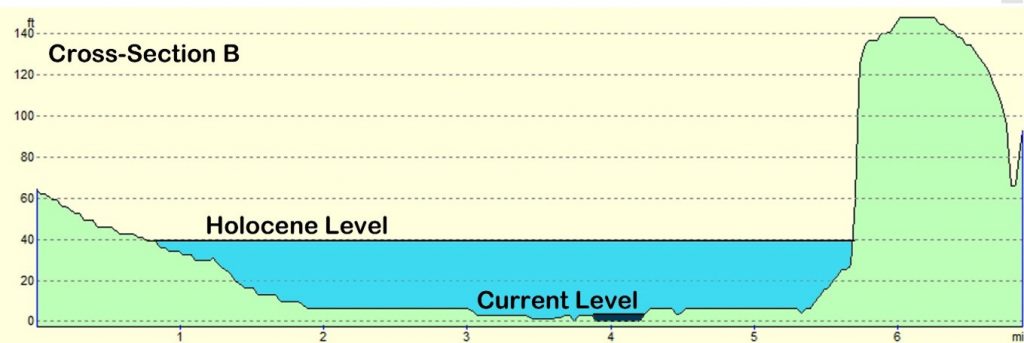





| Figure 29 Thames River Cross-Sections A – G |
The current average discharge is 65.8 m³/s and therefore with a 3723% increase in the watershed area we can estimate that at its peak the Thames River discharged 2450 m3/s (0.0025 Gt /s or 1314 Gt per annum).
About the same rate of one of the smaller rivers ‘Susquehanna/Chesapeake River’ (Table 5) in North America – which is minor, in comparison to the eight North American river discharge ratios, which begs the question as the Thames is the largest river in the country, would it not be affected mostly by the meltwater at the end of the last ice age – so, have the scientists got the extent of the alluvium flooding correct?
To investigate further, we need to look at a detailed excavation undertaken at the edge of the BGS superficial Alluvium flood map to get some real evidence of dates and clues about what sediments are present in comparison to the ages suggested in the past publications.
‘Holocene environmental changes in the Lower Thames Valley’ (Branch et al.,2012) excavated parts of Hornchurch marsh at the edge of the BSG alluvium deposit (Cross-Section D).
The paper suggests that “Palaeoenvironmental data (publicly or in the form of commercial archaeological reports) on these near-surface sediments indicate that following the end of the last glaciation, the lower reaches of the Thames Valley and its tributaries were inundated by the sea, and marine and estuarine sediments accumulated. Since that time, the evidence suggests that sea level continued to rise at a much slower rate as a response to either glacio-eustatic or sedimentary processes”. But the idea of any recent “inundation by the sea” can now be easily rebuked.
The reason for this incorrect interpretation of sediments was that past Geologists believed that the LGM was much smaller than previous ice ages – this has now been disproved by new research at sea level data from the Mediterranean (Rohling et al., 2017) as they could only measure by observation the extent of the ice sheets on the surface of the landmass and took for granted the greater the area, the larger the ice mass by estimation.
The conclusion of this study is to show that the last Ice Age was far more significant than previously maximum (PCM) as illustrated below in table 6 and Fig. 30)

Table 6 – (Rohling et al., 20170 Comparison of LGM v PGM by sea-level difference

| Figure 30.- (Rohling et al.,2009) sea levels over the last 500k years – notice that they are either equivalent or smaller than the LGM |
This new information has created a problem for Geologists as their sequencing was created on the ‘assumption’ of more significant ice caps and consequently meltwater deposits prior to the last ice age created the foundations of our geological river terracing.
According to previous publications only ‘Alluvium’ OIS 1 was laid down on the landscape (like our Case Study site in the Thames Valley) directly after the last Ice Age 10k years ago. But there is no evidence that that is true or that the larger rivers would not have washed the previous deposits further down the stream making these sequences incorrect, consequently the ‘River Terrace’ Deposits of:
Kempton Park – Taplow – Hackney – Lynch Hill – Boyn Hill and Black Park are Holocene in origin (or a mixture) and not solely Late Pleistocene as suggested in Geology books. In practical terms, when we examine boreholes, we should look to find the ‘floodplain Terrance’ to indicate the extend of the Holocene flooding and ignore the guestimations of gravel deposits.
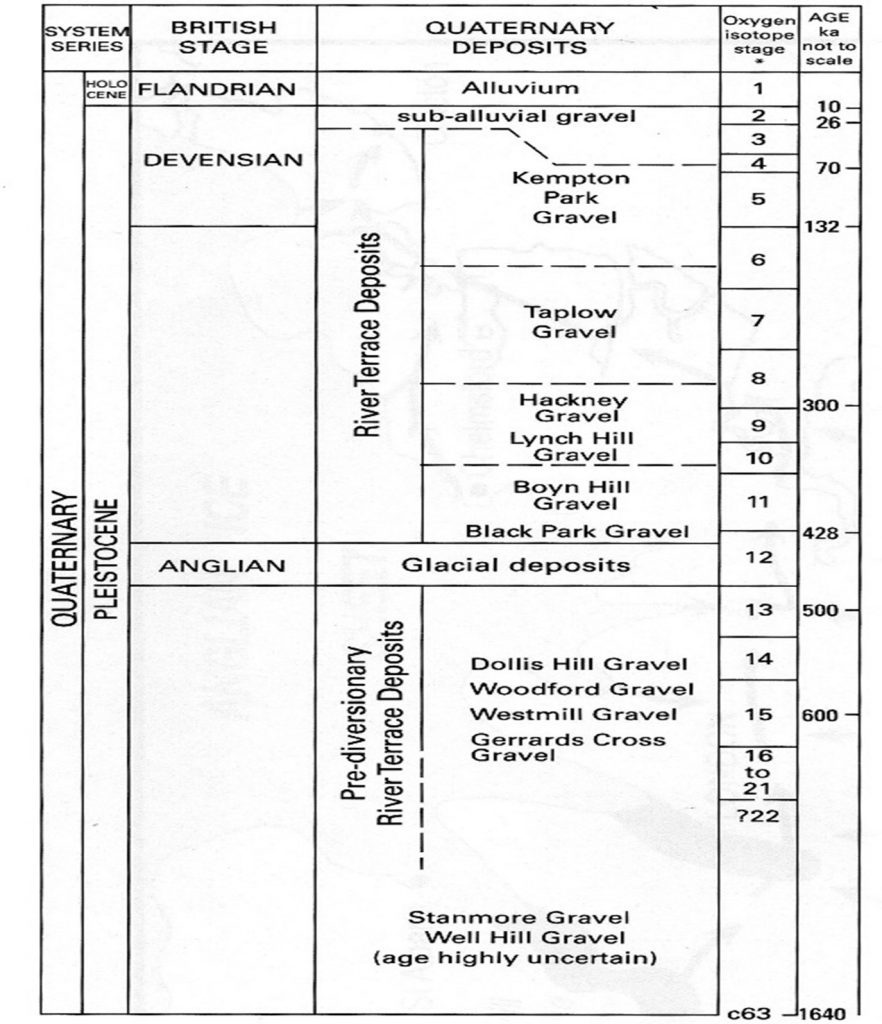
| Figure 31. Traditionally expressed river terrace deposits by ‘guesstimated’ age |
This ambiguity is, in fact, pointed out in BGS’s –‘The stratigraphical framework for the Palaeogene successions of the London Basin, the U.K. where it states that “In some areas, notably the north-eastern part of the London Basin, it has proved difficult to subdivide the strata between the Chalk and the London Clay with confidence” and this view is commonplace through the history of British Geology and hence the constant reclassification as shown in their obsolete terms table.
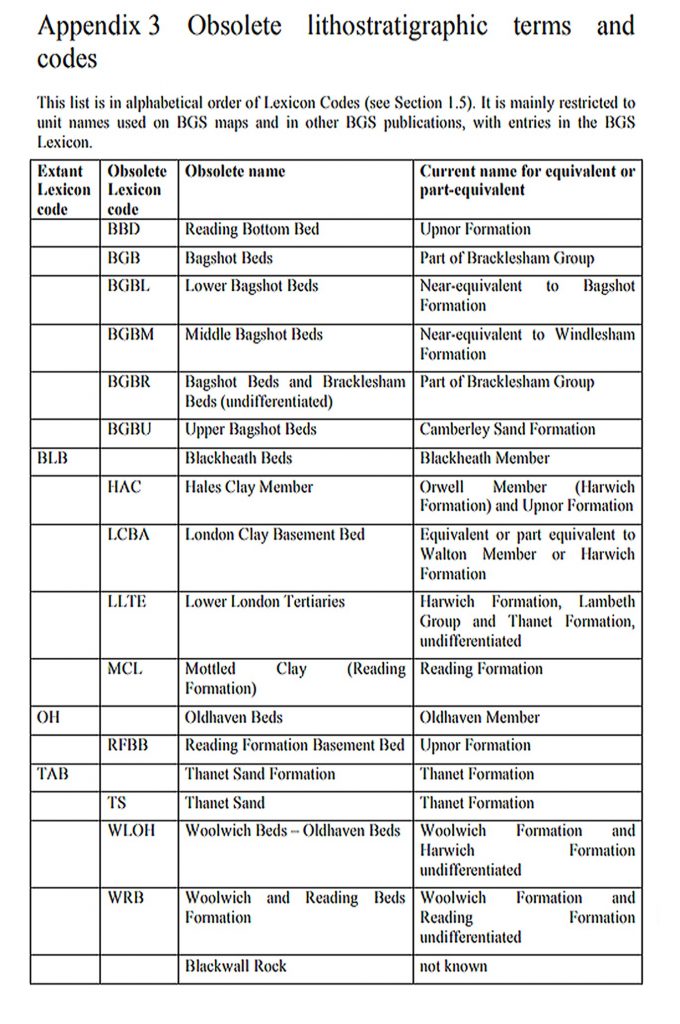
| Figure 32. Obsolete terms are a common occurrence in Geology as modern new methods are incorporated. BGS Superficial Deposits Handbook. |
This assumption is also highlighted by (Lewin, et al.,2005) who state –
“Furthermore, their assumption that floodplain gravels were Pleistocene in age was not supported by dating, and work both on the Thames (Robinson, 1992, Fig. 19.2) and more widely elsewhere (Brown et al., 1994) tends to suggest that late dates for overbank sedimentation may generally be constrained by the fact that the gravels beneath are themselves often of considerably later date than was earlier assumed.”
And concluded with “Overall, the skewed distributions suggest rapid autogenic recycling of older materials, with earlier deposits only being preserved beyond the reach of river activity (e.g. in terraces or floodplains which have not been impinged on by later river migration). The exceptions to this are floodplain environments where localised long-term aggradation has permitted the greater preservation of older Holocene units. To obtain evidence from parts of the Holocene that remain less well known, such sites still require discovery and study, whilst commonplace deposits (notably floodplain gravels) would benefit from the application of dating techniques that are less dependent on the fortuity’s preservation of datable organic materials”.
When we look at Palaeolithic sites on a regional scale, such as in the Thames basin, several general problems become apparent. The first is correlation and chronology. By their very nature, terrace fragments may not be unequivocally traceable down a river system. Ideally, a combination of surveying, stratigraphic description and lithological analysis is required to correlate fragments with key sites where more than one formation is present. None of these methods alone can be relied upon; for example, the same lithological content does not necessarily imply time equivalence, especially where rivers are reworking previous gravel terraces. (Brown et al., 1997)
Until the 1950s the archaeology dated the geology, but it is now increasingly the other way around. From the nineteenth century onwards the traditional chronology of Northern European Pleistocene terraces was based on a combination of hand-axe typology, stratigraphy and counting climatic episodes back in time or from the top of the sequence down. This methodology was based on the belief that axe typology followed a clear progression from what we perceive as crude or simple, to elegant or sophisticated, and that this happened at roughly the same rate in different places. This was allied to the belief that a typology was representative of a ‘culture’.
This chronology and methodology have been questioned for a variety of reasons (Green and McGregor, 1980). First, the traditional chronology was at odds with revised Pleistocene chronologies from ocean cores and from new terrestrial sites in North-West Europe which showed an extremely complex picture of glacial, interglacial, stadial and interstadial stages. The ocean cores, for example, show at least thirty warm/cold cycles and the terrestrial record has improved through the discovery of more sites and also through new chronometric dating techniques (Lowe and Walker, 1984: Jones and Keen, 1993).
However, the terrestrial record in Britain still shows major discontinuities in comparison with the ocean record and the much more detailed chronologies from the Netherlands and Germany. A chronology and it must be noted that there are considerable debate and uncertainty about not only the position of major British stratigraphic units but also the number of pre-Pastonian and post-Hoxnian-pre-Ipswichian climatic cycles present in the British record (Jones and Keen, 1993).
Moreover, the knowledge that the river gravel sequences are ‘problematical’ we can now revisit the Holocene ‘Alluvium’ map to see if the boundaries of the Holocene Thames was even more significant than the original BGS map illustrated.
If we look at the Cross-Section H profile, we see that the area of Holocene effect increases by at least one mile and is terminated by Boreholes TQ47NE344 and TQ58NW141.

| Figure 34. Cross-Section H |
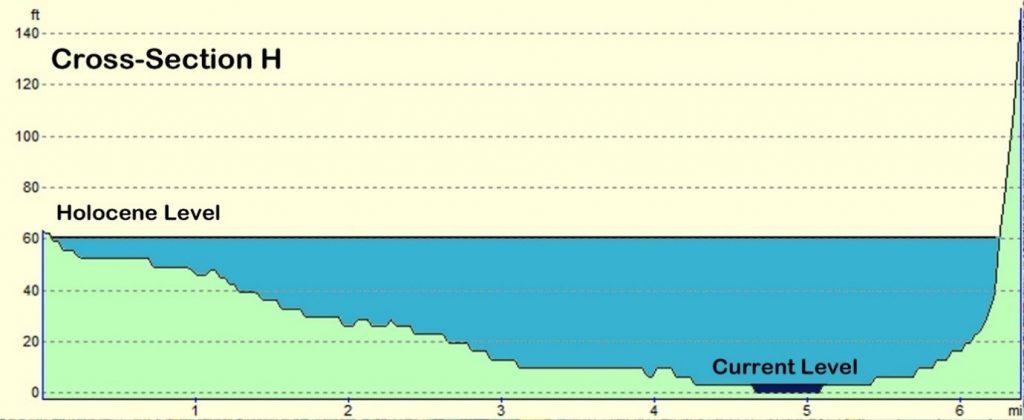
| Figure 33. BGS map of ‘superficial’ deposits left by the last LGM with cross-section H and the two boreholes (borehole details in Appendix A) |
Borehole TQ47NE344 – shows 5.95m of “Brown Silty Sand” before hitting Chalk and TQ58NW141 4.42m of “Loamy Sand and Stones” with a base of “sand and Gravel”.
This increases the Thames Flood Model from a discharged 2,450 m3/s to 12,250 m3/s, which reflects more accurately the North American Discharge Model.
If we take this new model into account, the Thames valley will look very different to today with all of the ‘superficial sediments being covered by water at the start of the Holocene period 10 – 6 Ka.
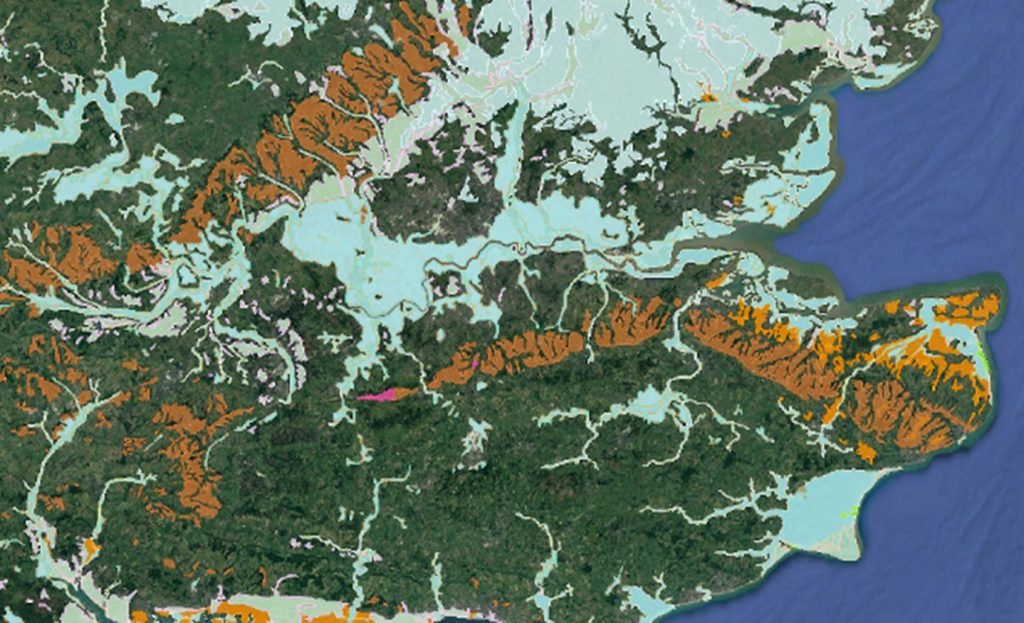
| Figure 35. – How London probably looked just after the LGM about 10,000 BCE – with as much water as land and most of it a swamp land. |
We can look at the Hornchurch Marshes Paper (Branch et al., 2012) and study the results to obtain the outcomes and possible related dates to our new Thames Valley flooding model?
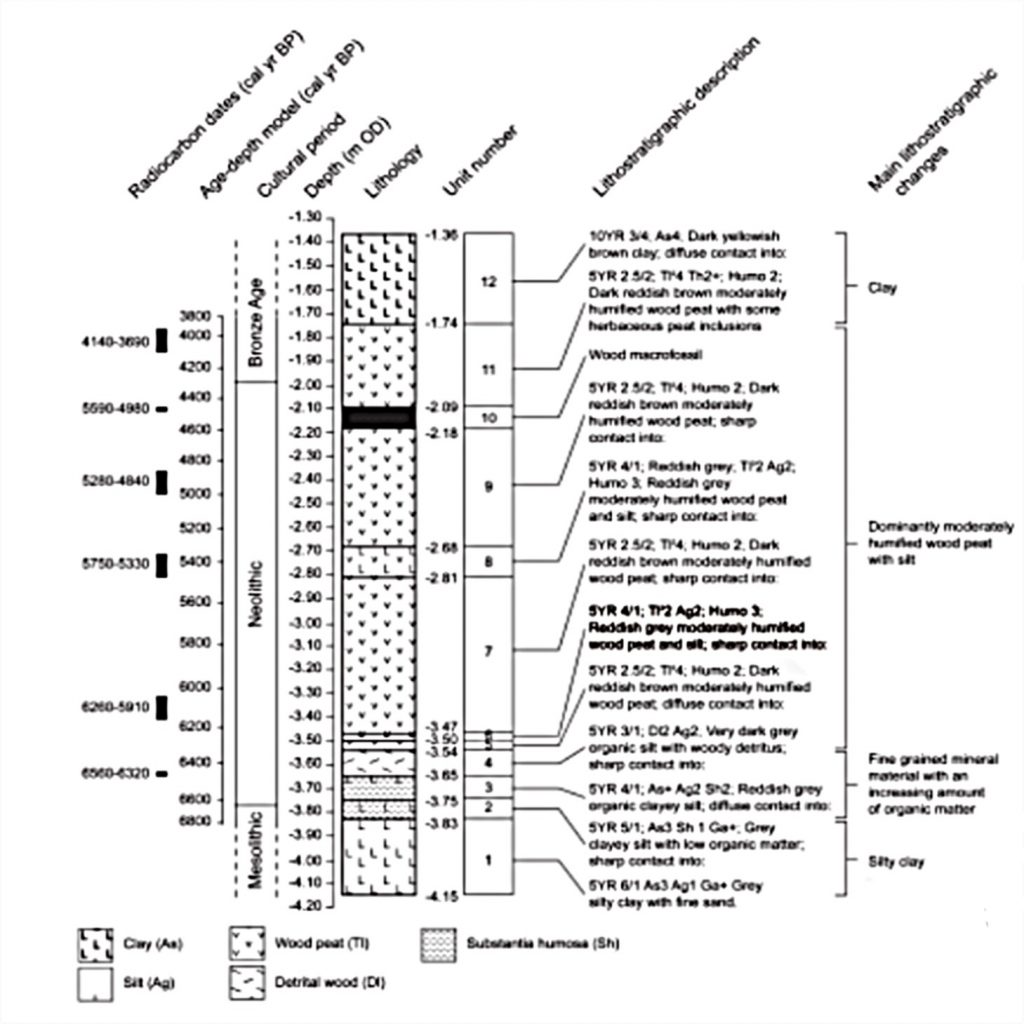
| Figure 36. – (Branch et al.,2012) Hornchurch marshes investigation |
The radiocarbon dates show that the site was innovated during the early Holocene period “Between −4.15 and −3.83 m O.D., a clay-rich sedimentary unit was deposited probably on the margins of a river channel (floodplain)” This would give us an idea of how much sediment was deposited by the river during the early Holocene directly after the last ice age. If we look at boreholes around this site and within a few hundred metres that bored lower, we can get a working hypothesis.
Borehole TQ58SW:1 – the closest to the site (Appendix A) shows the (sand and pebbles) goes down another 12.8m until it reaches “Coloured Sands and Stones”, whilst Borehole TQ58SW762 shows the names of many more segments including ‘terrace gravel’ that goes down to 12.2m below the surface – which confirms our Holocene water level set at 40′ or 12.2m.
Between −3.54 m O.D. and −1.74 m O.D., the formation of wood peat represents the creation of more terrestrial conditions at the site. The results of the radiocarbon dating indicate that peat formation commenced at c. 6300 cal. Yr B.P. and ceased at c. 3900 cal. Yr B.P. with the onset of estuarine sedimentation.
Closer inspection of the Lithostratigraphic descriptions and Lithology reveals that the site suffered possible flooding about 6800 yr B.P. as silt deposits are found in unit number 2&3 (Figure 36.) after over 3000 years of flooding since the end of the last ice age and a build-up of ‘Grey Silty Clay and fine sand’ as would be expected.
There is then a sequence of peat (an accumulation of partially decayed vegetation or organic matter. It is unique to natural areas called peatlands, bogs, mires, moors, or muskegs) growth as this become a marsh area because of the Holocene flooding as is a majority of Britain (as we have seen in Fig. 25). This marshland lasted for 1200 – 1600 years (Unit number 4 -7, figure 36.).
Then there seems to be a flood period of about 200 years where the area was inundated with a deposit of Sand and Clay swapping the marshland peat, dated 5750 – 5330 cal yr B.P. We then see another 1500 years as a marshland with new peat samples before another river flooding at 3800 BP. The carbon dating of this site gives us the evidence we require to finally prove that rivers were not only higher in the Holocene/Mesolithic period in history but moreover, they continued to be high to such an extent that they periodically flooded up to recent history as we will now further illustrate.
Articles on this Trilogy and an Active FaceBook Group where you can leave comments and get feedback can be found at:
Further Reading ( The Thames through time)
For information about British Prehistory, visit www.prehistoric-britain.co.uk for the most extensive archaeology blogs and investigations collection, including modern LiDAR reports. This site also includes extracts and articles from the Robert John Langdon Trilogy about Britain in the Prehistoric period, including titles such as The Stonehenge Enigma, Dawn of the Lost Civilisation and the ultimate proof of Post Glacial Flooding and the landscape we see today.
Robert John Langdon has also created a YouTube web channel with over 100 investigations and video documentaries to support his classic trilogy (Prehistoric Britain). He has also released a collection of strange coincidences that he calls ‘13 Things that Don’t Make Sense in History’ and his recent discovery of a lost Stone Avenue at Avebury in Wiltshire called ‘Silbury Avenue – the Lost Stone Avenue’. ( The Thames through time)
Langdon has also produced a series of ‘shorts’, which are extracts from his main body of books:
(The Thames through time)
Pages
- 1003037 – Ditch 530yds (484m) SW of Stitchcombe Farm
- 1003254 – Linear earthwork NW of Sidbury camp
- 1003726 – Earthwork 360yds (328m) NW of Warren Copse
- 1003769 – Grim’s Bank: section extending 560yds (510m) in Pennsylvania Wood, Ufton Park
- 1003784 – Wansdyke: section 610yds (560m) NW of Wernham Farm to 250yds (230m) SW of New Buildings
- 1003804 – Dray’s Ditches See also LUTON 1
- 1004534 – Dray’s Ditches See also BEDFORDSHIRE 1
- 1004719 – Wansdyke: section from S of Furze Hill to Marlborough-Pewsey road
- 1004736 – Section of the Wansdyke
- 1005373 – Grim’s Bank: section extending 300yds (275m) in Church Plantation
- 1005374 – Grim’s Bank: section extending 880yds (795m) in Old Warren
- 1005375 – Grim’s Bank: section extending 470yds (430m) in Little Heath
- 1005376 – Grim’s Bank: Section extending SW 900yds (825m) from New Plantation, Ufton Park, to a point 250yds (230m) SE of Rectory
- 1005377 – Grim’s Bank: section extending 420yds (400m) in Old Park and Raven Hill, Ufton Park
- 1005386 – Wansdyke (now Bedwyn Dyke), section 530yds (490m) on W side of Old Dyke Lane
- 1005389 – Grim’s Bank: section extending 240yds (220m) E of Padworth Gully
- 1006958 – Boundary ditch E of Near Down
- 1006977 – Ditch on Boydon Hole Farm
- 1006981 – Grim’s Ditch: section 1 mile long E from Southfield Shaw to Streatley parish boundary
- 1006982 – Grim’s Ditch: two sections in Portobello Wood, Holies Shaw and High Holies Wood Gap
- 1007136 – Bishop’s Dyke (Cumbria)
- 1007525 – Three (Cross) Dykes on Middle Hill – Kidland Forest Northumberland
- 1008274 – Cross dyke, 200m south east of Hosedon Linn
- 1008275 – Cross Dyke South East of Uplaw Knowe
- 1010988 – Hadrian’s Wall and Vallum from A6071 to The Cottage in the case of the Wall, and to the road to Oldwall, for the Vallum, in wall miles 57, 58 and 59
- 1010990 – The Vallum between the road to Laversdale at Oldwall and Baron’s Dike in wall miles 59 and 60
- 1010992 – Hadrian’s Wall and Vallum between the field boundary west of Carvoran Roman fort and the west side of the B6318 road in wall mile 46
- 1011396 – Cross dyke, South of Campville
- 1014695 – Hadrian’s Wall Vallum between Mill Beck and the field boundary east of Kirkandrews Farm in wall mile 69
- 1014708 – section of the north Oxfordshire Grim’s Ditch at Model Farm on the Ditchley Park Estate
- 1016860 – Scot’s Dike
- 1017288 – Wansdyke and associated monuments from east of The Firs to the eastern side of Tan Hill
- 1017736 – Cross Dyke and two building foundations at Copper Snout
- 1020643 – North east of Buttington Farm
- Britain’s Linear Earthworks (Dykes) Gazetteer
- Dawn of the Lost Civilisation
- Free Stonehenge LiDAR 3D Map
- Free Stonehenge LiDAR 8k Map
- Free Stonehenge LiDAR Water Map
- LiDAR Mapping Service – Contact Page
- Prehistoric Bedfordshire Canals (Dykes)
- Prehistoric Berkshire Canals (Dykes)
- Prehistoric Buckinghamshire Canals (Dykes)
- Prehistoric Cambridgeshire Canals (Dykes)
- Prehistoric Cheshire Canals (Dykes)
- Prehistoric Cornwall Canals (Dykes)
- Prehistoric County Durham Canals (Dykes)
- Prehistoric Cumbria Canals (Dykes)
- Prehistoric Derbyshire Canals (Dykes)
- Prehistoric Devon Canals (Dykes)
- Prehistoric Dorset Canals (Dykes)
- Prehistoric Durham Canals (Dykes)
- Prehistoric Essex Canals (Dykes)
- Prehistoric Gloucestershire Canals (Dykes)
- Prehistoric Hampshire Canals (Dykes)
- Prehistoric Herefordshire Canals (Dykes)
- Prehistoric Kent Canals (Dykes)
- Prehistoric Lancashire Canals (Dykes)
- Prehistoric Leicestershire Canals (Dykes)
- Prehistoric Lincolnshire Canals (Dykes)
- Prehistoric Middlesex Canals (Dykes)
- Prehistoric Norfolk Canals (Dykes)
- Prehistoric Northamptonshire Canals (Dykes)
- Prehistoric Northumberland Canals (Dykes)
- Prehistoric Oxfordshire Canals (Dykes)
- Prehistoric Shropshire Canals (Dykes)
- Prehistoric Somerset Canals (Dykes)
- Prehistoric Suffolk Canals (Dykes)
- Prehistoric Surrey Canals (Dykes)
- Prehistoric Sussex Canals (Dykes)
- Prehistoric Warwickshire Canals (Dykes)
- Prehistoric Wiltshire Canals (Dykes)
- Prehistoric Worcestershire Canals (Dykes)
- Prehistoric Yorkshire Canals (Dykes)
- The Post Glacial Flooding Hypothesis
- The Stonehenge Enigma

